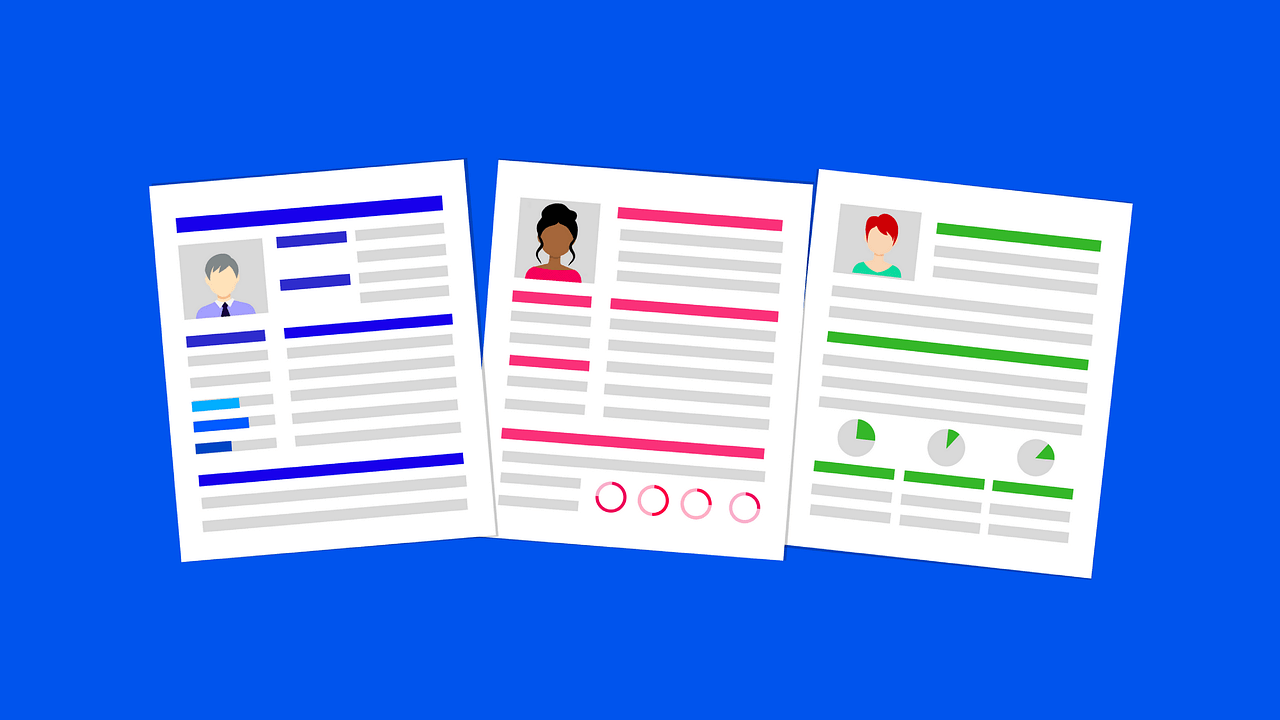In such a crowded marketplace, it’s really important for you as a web designer to do something to set yourself apart. Being talented, energetic, having experience and driving hard towards your goal are good places to start, naturally, but another really important part of your arsenal when it comes to overcoming your competition It’s your cover letter. So, here I bring you the tips for writing a cover letter as a web designer.
A cover letter is a chance to really optimize your designer application: a resume or CV is one thing, but a cover letter lets you really approach your companies of choice directly.
Being able to do this can really make your application appeal directly to your potential employers. Here are a few ways to make it as good as you can.
1. Experience
With all internet design jobs, it’s really important that the message you want to broadcast to your employers most specifically is how experienced you are.

Having a good degree, or having interesting extracurriculars, even having worked at a certain company are not things which will compare to solid web design experience.
Your cover letter has to reassure your potential employer that you can do your job, that you have done it. Don’t slack on this: the more explicit you can state this the better.
2. Be Concise
For all tech positions, no employer is going to appreciate blithering. “Web design is a very black and white field”, writes Mark Anthony, cover letter editor at Academized.
“When a vacancy opens, they want to fill it fast, they are simply looking to see if you can do it and if you can do it well.
So, wasting time in your cover letter with pleasantries and unrelated info will do you no favors.” Approach it like you need every single sentence to have value, justify everything you write.
3. Show Your Knowledge Of The Company
Cover letters are targeted towards specific companies. You never want to give even the slightest sense that you’ve sent the same cover letter format to multiple companies.
One way to ensure that is to speak directly to your knowledge of the company you are applying to. Web design is a field that has a large demand for employment.

It can also be done at a distance sometimes. So, companies like to be able to know that you care about working for them specifically.
Show you know their company and demonstrate why you want to be there in the cover letter.
4. Write It Well
Web design may be a highly technical field where it doesn’t seem much like there is a need to be a top seller. However, engaging, well written and, crucially, accurate writing really spells professionalism and care, not to mention make your cover letter more enjoyable to read.
However, as a web designer, you may be a bit out of practice when it comes to writing. So here are some tools to help you with that:
Academadvisor and Studydemic – These are two resources that will help you with grammar, a subtle area which can really affect the impression your cover letter gives off.
OXEssays and BoomEssays – Two editing tools, useful for polishing up your prose to make it application ready. Suggested by Topcanadianwriters.com.
Revieweal and Studentwritingservices– Blogs with general suggestions and tips on how to go about putting together your cover letter. Great for beginners.
Assignment Help and Grade On Fire – A pair of online editing tools, both helpful for running your cover letter through to ensure it’s all accurate.
5. Be Honest
Lying in your application, about the experience, about passion, about anything really is a bad idea. Lying on your cover letter is a really bad idea since it is a personal letter.
If your application ends up being good enough to get an interview you can really find yourself in hot water, quick. By lying on your application, you leave yourself vulnerable to your claims being probed in the interview.
Being found out as not entirely honest on your application gives your potential employer a sense that you will be potentially unreliable and unprofessional.

It also leads them to doubt everything that you wrote, potentially discrediting even your true claims. So, tell the truth and emphasize what you bring not what you wish you could bring.
Conclusion
The cover letter is a really special opportunity for you to show the specific company you are applying to you why you are so keen to work for them and why they ought to be keen to have you.
As a web designer, it is a chance to submit some well-written prose to your company, showing a diversity of skills. You ought to work as hard as you can to make the most of this tool.
Chloe Bennet is a tech writer at Academic Writing Service and Paper Fellows portals.
